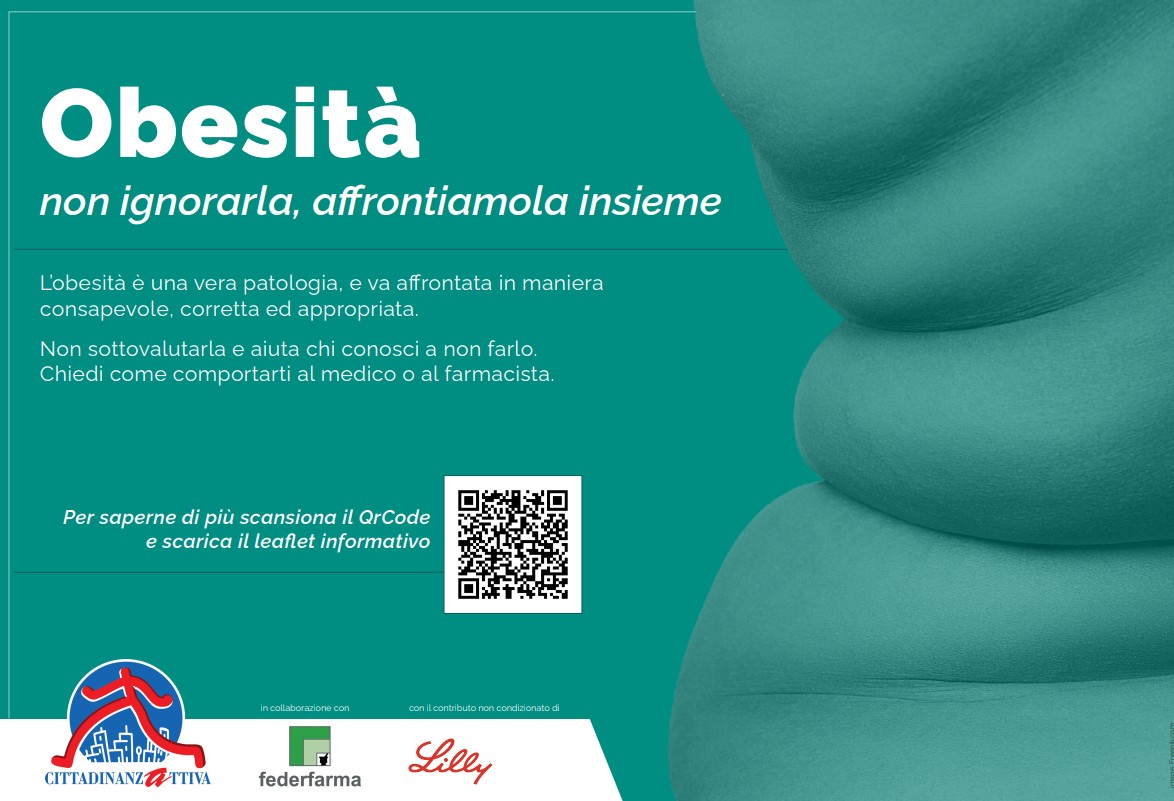ROMA (ITALPRESS) – An increasing number of elderly patients arrives in radiology departments with complex vertebral fractures to interpret. The challenge, today more than ever, is to distinguish an acute osteoporotic fracture from a pathological fracture linked to occult tumor lesions, a difference that decisively affects the therapeutic path. Osteoporosis and tumors can live in the same patient and produce similar radiological paintings, making the first diagnostic approach increasingly difficult. Traditional radiology remains an initial examination, but it is not able to characterize the fracture or to properly assess its origin. In this context, artificial intelligence is playing an increasing role, with models capable of recognizing fractures with often comparable accuracy – and sometimes higher – to that of radiologists. The TC, methodical of choice in trauma, defines the morphology of the bone but does not detect the edema of the marrow, a decisive component to distinguish a fracture from fragility from a pathological fracture. Magnetic Resonance has therefore become the central tool of the diagnostic process. RM shows not only bone morphology, but also marrow: in benign fractures its signal is preserved, while in malignant fractures it is replaced by abnormal tissue and epidural or paraspine masses may appear. Signs such as peduncle involvement or multiple injuries strengthen metastatic suspicion. Advanced sequences, such as diffusion (DWI) and chemical shift, allow to identify tumor infiltrations with even greater precision. When RM is not enough, nuclear medicine completes diagnosis. SPECT is very sensitive but little specific, while PET clearly distinguishes the malignant fractures, characterized by a high captation of radiopharmaceutical, from benign ones, which show lower values. The final diagnosis arises from the integration of anamnesi, images and clinical interpretation. In a rapidly ageing country, properly recognizing the nature of a vertebral fracture is not only a technical act, but a crucial snout to ensure timely and appropriate care, avoiding errors that can change the prognosis of the patient.
– Photo pexels.com –
(ITALPRESS).






